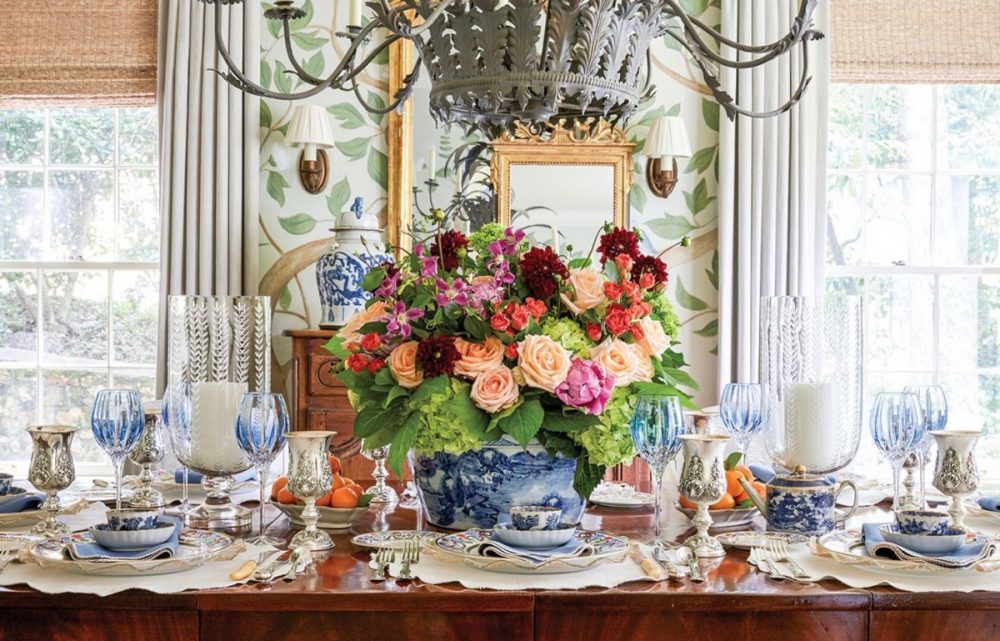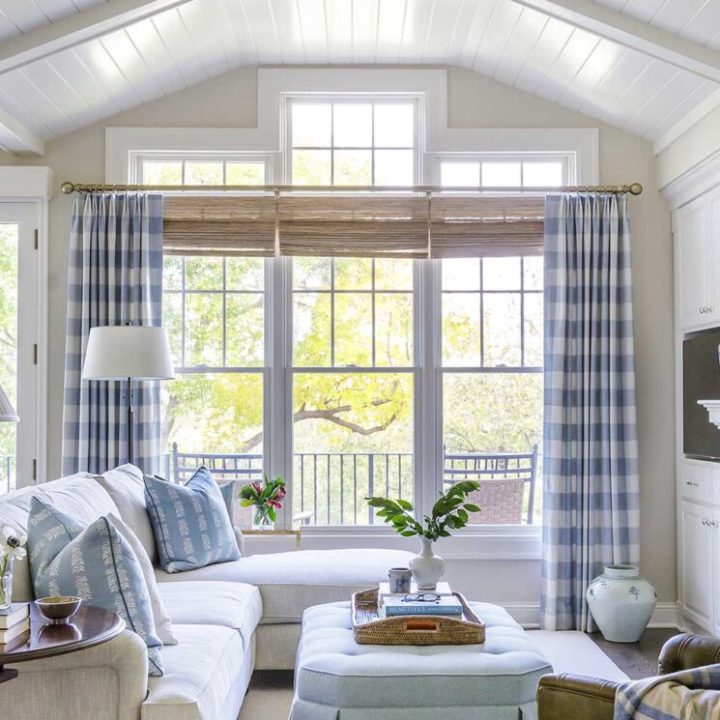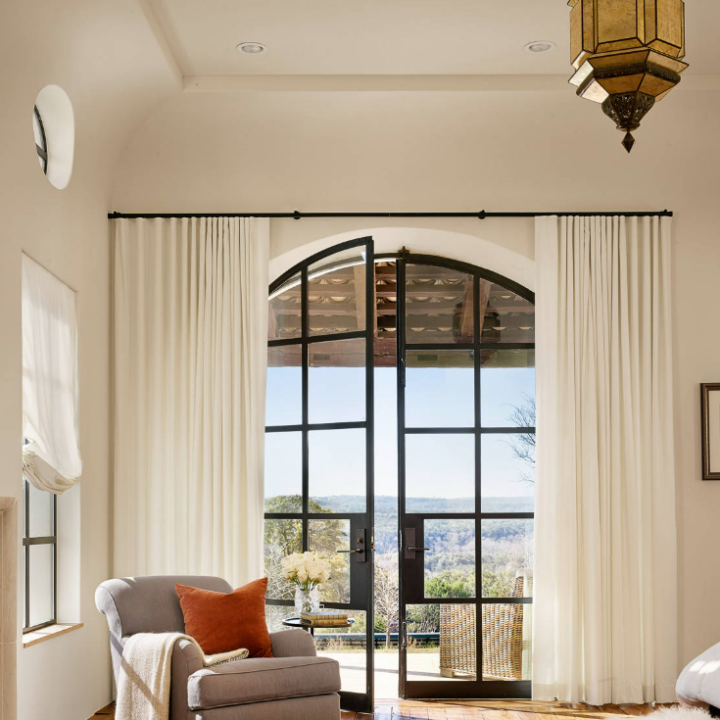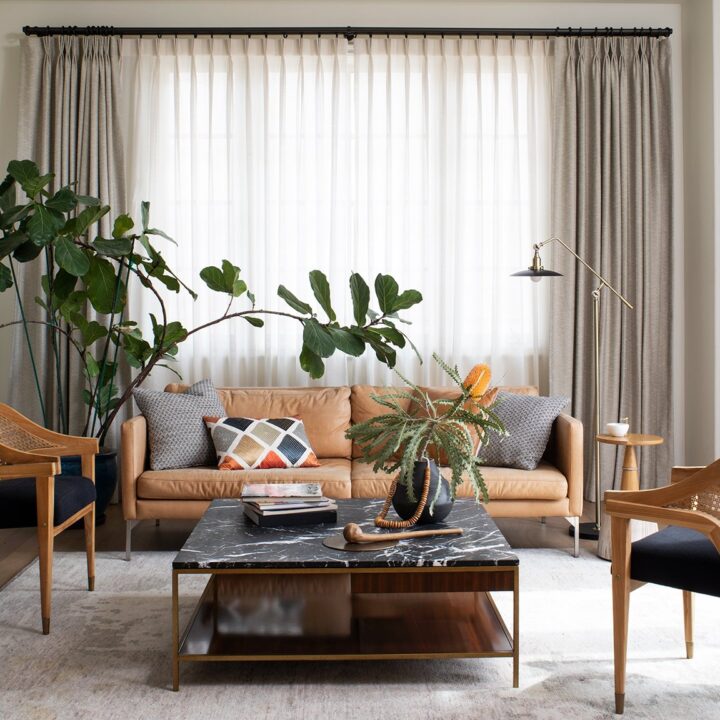Spiffy Speak
Laying the Groundwork: Seven Elements of Floral Design

Enchanting and captivating, flowers have forever held a profound significance in celebrations. From joyous weddings to solemn memorials, flowers weave a thread of emotion, speaking a language of their own that transcends words. These natural marvels go beyond their ornamental allure; they possess the power to stir emotions, invoking a sense of joy and serenity wherever they bloom. No wonder our homes continue to show our love of blooms in floral curtains and chinoiserie wallpapers!
Behind every exquisitely arranged bouquet lies the artistic prowess of a skilled floral designer. Like maestros conducting an ethereal symphony, these professionals wield their expertise to curate floral arrangements that leave a lasting impression. Every stem, petal, and ribbon is orchestrated with precision and care, guided by the client’s desires and the occasion’s essence.
In this blog, we’ll be exploring the essential elements that compose the very foundation of breathtaking floral arrangements. So, whether you are an aspiring florist yearning to ignite your creative spark or an admirer of floral beauty seeking to understand the intricacies behind each stunning arrangement, let us get you started with the seven fundamental principles of floral design.
Floral Design: The Poetry of Flowers
Floral design is the art and practice of arranging flowers and other plant materials to create visually appealing compositions. It is a creative process that involves selecting, cutting, and arranging various blooms and greenery to craft beautiful and harmonious arrangements.
Whether it’s creating stunning centerpieces for weddings, crafting sympathy arrangements, or simply brightening up a space with a vibrant bouquet, floral design is a skillful blend of nature’s bounty and human ingenuity, resulting in breathtaking floral displays that celebrate life’s moments and add beauty to our surroundings.
But beyond the seven elements, we must start by mentioning that fresh flowers are of utmost importance to create stunning floral arrangements. And, if you ever end up having a floral emergency at Long Beach and you need same day flower delivery for fresh flowers, you can rely on My Global Flowers for a seamless experience.
Elements of Floral Design
Join in as we delve into the seven key elements that orchestrate the symphony of colors, textures, and shapes in every exquisite bouquet. The following are the chief elements of any floral design:
Line
Line dictates the flow and motion of an arrangement and refers to the visual path that the viewer’s gaze follows while looking at a floral design.
The diversity of lines available – straight, curving, zigzag, and more – allows designers to express various characteristics, whether bold masculine, or delicate feminine. Lines with surprising turns and twists like zig zags add energy to a composition while slow curves add a more relaxed and graceful look to the floral design.
Certain line flowers and line foliages work well together to create visual lines effortlessly guiding the eye’s pathway. Line flowers like tuberose, veronica, and bells of Ireland form the skeleton of many arrangements. These lines are even more visible when stems of certain flowers are allowed to stand out.
Line foliage like iris leaves, eucalyptus, and fern, extend the visual path of an arrangement beyond the lines of the focal flowers and container of the arrangement by overflowing out of the structure in a planned manner. This makes an arrangement look visually whole and complete.
The understanding of the emotion a particular style of these lines will evoke is necessary to make sure that the floral arrangement is being done according to the event it is for and also complements the architectural qualities of the surroundings.
Form
The best way to explain the element of ‘form’ is to consider it as the overall three-dimensional structure including the shape, depth, width, and height of a floral arrangement. There are two main types of forms – open form design and closed form design. While an open form has more negative space in between flowers, a closed arrangement has flowers bunched together closely, making it look more dense. The shapes in form may include geometric shapes like triangle, wedding arch, square, linear.
Different structures are typically intended for varied aesthetics and emotions. To give an example, round closed forms are traditional and elegant while asymmetrically open forms are more modern and natural to look at. Different flowers add to these varied forms and shapes. The following are a few examples:
- ROUND: Roses with their perfect symmetry, peonies with their voluminous blooms can be used for round designs.
- CRESCENT/ ARCH: The graceful and arching stems of orchids and cella lilies, or the tall beauty of bending delphiniums are great for creating gentle arches and slow romantic curves in a crescent design.
- TRIANGLE: Bells of triangle can be exploited for their length to create the top point of triangular arrangements. Other flowers good for this form are sunflowers which can form the base of a triangle and irises with their pointed blooms that make them suitable for accentuating the upper points of a triangular design.
- VERTICAL: Tall and stately flowers like gladioli and snapdragons tower over any plan and easily create a vertical form of arrangement.
Space
Space in floral arrangement can be defined as the total area that an arrangement takes up including the positive and negative sections of the design. This element is necessary not just for making the entire arrangement fit into a designated area but also for creating a sense of rhythm and spacial harmony that neither overburdens a room nor goes unnoticed in a hall.
Positive space refers to the area taken up by the elements of the design while negative space is the area that is left empty to give breathing space to the form. Too little space can make the arrangement feel crowded and cluttered, while too much space may make it look sparse. The perfect spacing is achieved when the florist is able to strike a balance between the openness and fullness of a design.
The negative space helps the flowers and foliages of a design to stand out individually, while the positive spaces bring all the elements together as one singular arrangement. Correct spacing also gives visual cues for determining the focal areas of the design.
Fragrance
Fragrance is much more of a personal and atmospheric element than an element of the visual design itself. Fragrance can elevate the sensory experience, making it more memorable and pleasurable. Designers often choose flowers with delightful scents like roses, lilies, or jasmine to create captivating bouquets. The aroma of the flowers can evoke feelings of joy, calmness, or nostalgia, enhancing the overall appeal of the design.
While in weddings and funerals, sweet-smelling flowers like peonies can be used to evoke nostalgia and commemoration, flowers with subtle scents like gardenias should be used in black-tie affairs or dinner table settings so they do not overpower the room with their presence.
Size
Size refers to both the measurement of each of the elements of the design and the overall amount of space occupied by the floral arrangement.
The size of the flowers themselves, such as large sunflowers or petite daisies, can dictate the arrangement’s scale and presence. Choosing the right container size is equally vital; a small vase creates an intimate display, while a tall container adds drama. Again, you cannot use large sunflowers in small vases or daisies in huge flower baskets. The size of the flowers must complement the size of the container.
The overall size of the arrangement must also match its intended location. A tiny centerpiece on a vast table may get lost, while an oversized display in a small room can overwhelm. Balancing the sizes ensures a captivating floral design that harmonizes beautifully with its surroundings.
Colors
Color refers to the various hues and shades present in a flower arrangement. Different colors evoke various emotions and set the tone for the entire composition. Soft pastels whisper sweet serenades, fiery reds ignite passions, while bold mixes celebrate life’s vivacity.
Bright and bold colors like reds, oranges, and yellows create a vibrant and energetic atmosphere, ideal for celebratory events and joyous occasions. On the other hand, soft pastels, such as pinks, lavenders, and blues, convey a sense of tranquility and elegance, perfect for more intimate gatherings or serene settings.
The strategic use of complementary colors can enhance the impact of a floral arrangement. When complementary colors, like purple and yellow or blue and orange, are placed together, they intensify each other, resulting in a dynamic and visually striking display.
The color choice also has an impact on the decor of the entire room. To give an example, for a rustic-themed wedding with the venue adorned in natural and earthy tones, the bouquet designer might carefully select flowers in warm, rich hues like burgundy, blush, and cream to complement the rustic ambiance. An interior designer may pick a bunch of white daisies to go with an all-white, minimalist kitchen or a beach-themed guest bedroom.
Pattern and Texture
The feel of any material of the design by sight or touch like smooth, rough, velvety, etc. is referred to as the texture of the design. The pattern is created by repeating specific flowers or foliage, offering a sense of rhythm and coherence. Both these elements together add depth and visual contours to the design.
Texture pertains to the surface quality of the flowers, leaves, or other materials used. Combining various textures, like velvety roses with feathery astilbes, creates captivating contrasts that elevate the design’s allure. For instance, a bridal bouquet may feature a repeating pattern of blush roses, interspersed with delicate baby’s breath and rough-textured eucalyptus leaves.
Bottom Line
Floral decorations can be a delightful challenge, demanding expertise in design, color, and size considerations. As a skilled florist, a deep understanding of each flower’s distinctive features is vital. Be resourceful, utilizing each element to its fullest potential, and let your artistry flourish in creating captivating floral wonders. With expertise and creativity, transform any mundane space into an enchanting one filled with beauty and joy.
One can never get enough of flowers, and if you want to evoke the delicacy of floral designs in your home, start with shopping for botanical curtains and floral roman shades with Spiffy Spools. These flowers never wilt and stay forever precious, inducing elegance and artistry to your space. And whether you want to learn how to drape curtains for events like weddings or simply looking for tips to spruce up spaces like a screen porch with drapes, you can find all the ideas and inspiration you need in our Spiffy Speak blog. And if you are still in need of further assistance, we’re just an email away!











